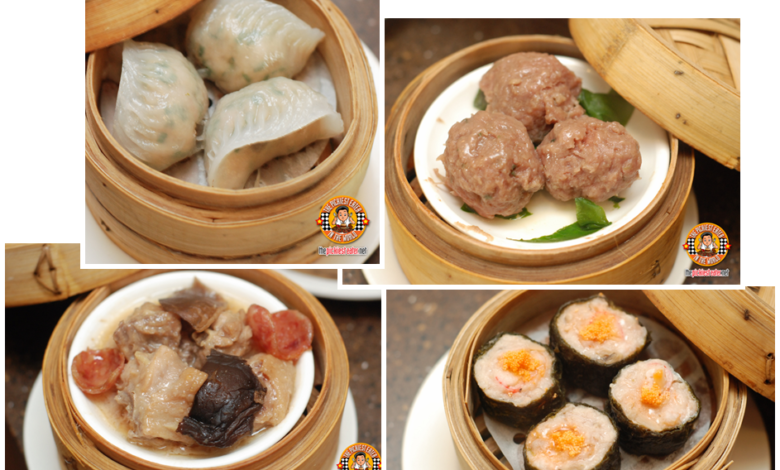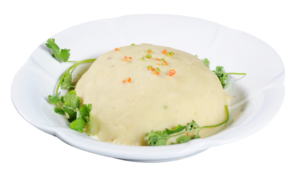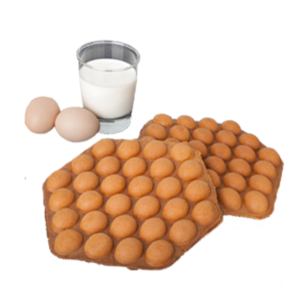How does Hong Kong get its food? What is the traditional food of Hong Kong?
food of Hong Kong

Hong Kong:
Hong Kong sources its food from a variety of sources due to limited local agricultural output and high population density. Here’s how Hong Kong gets its food:
Import:
Hong Kong depends heavily on food imports to meet people’s needs. The majority of food products, including fresh produce, meat, seafood, dairy products, grains and processed foods, are imported from different countries and regions around the world.
Seafood:
Given its coastal location, seafood is an important part of the Hong Kong diet. Seafood is sourced locally from the waters surrounding Hong Kong, but a significant portion is also imported from countries such as China, Japan, Vietnam, Thailand and others.
Fresh products:
Hong Kong imports a significant amount of fresh fruit and vegetables due to its limited agricultural capacity. A great deal of fresh food is produced in nations like Chinese territory, the US, Australia, and neighboring Asian nations.
Supply chain and distribution:
The city has a well-organized and efficient food supply chain. Importers, wholesalers and distributors play an important role in ensuring a stable food supply to markets, supermarkets, restaurants and households.
Local markets (fresh markets and supermarkets):
Wet markets, a traditional feature of Hong Kong, offer a wide variety of fresh produce, meat, seafood and other products. Supermarkets also play an important role in providing food to people and sourcing both domestically and internationally.
Restaurants and eateries:
Hong Kong is famous for its diverse and vibrant cuisine. Restaurants, bistros, street vendors and food stalls contribute significantly to the food supply, offering a wide variety of dishes and cuisines.
Food processing and production:
Some food products are processed or produced locally, including baked goods, packaged goods, and beverages.

E-commerce and online shopping:
In recent years, online grocery and food delivery services have grown in popularity, offering convenience and access to a wide variety of food products.
Recycling food waste:
Hong Kong has initiatives to recycle food waste and turn it into compost or renewable energy, contributing to sustainable development efforts.
Overall, Hong Kong uses a diverse and well-structured approach to ensure a diverse and consistent food supply to meet people’s needs. Standards for safety and quality of food are strictly upheld all along the entire supply chain.
What is the traditional food of Hong Kong?
Hong Kong Traditional Cuisine is a rich and diverse culinary experience influenced by Cantonese, British, Chinese and Asian cuisines. Here are some traditional and popular dishes in Hong Kong:
Dim Sum:
Dim Sum refers to a variety of bite-sized dishes that are often served in small steamer baskets or on small plates. These can be ravioli, rolls, rolls and other savory or sweet dishes.
Roast goose:
A delectable, succulent dish frequently eaten on special occasions is roasting goose. The goose is marinated, grilled until crispy and served with sweet plum sauce.
Char Siu (grilled pork):
Char Siu is marinated and grilled pork, often accompanied by sweet and savory sauces. It is frequently put on top of rolls or served with rice.
Siu Mei (roasted meat):
Siu Mei includes many different types of roasted meat such as roasted pork, roasted duck and soy sauce chicken. These types of meat are often displayed hanging in restaurant windows.
Porridge (porridge):
Porridge is an easy-to-eat porridge dish often eaten for breakfast or a snack. It can be decorated with meat, fish, century eggs or marinated vegetables.

Wonton noodles:
Wonton noodles consist of egg noodles topped with plump wontons (dumplings) filled with shrimp or pork. The dish is often served with rich broth.
Rice in clay pot:
Rice, meat, and veggies are all cooked together in a clay pot to make a dish known as “claypot rice.” It frequently has a coating of crispy rice on the bottom and is seasoned with soy sauce.
Stir-fried seafood:
Hong Kong’s coastal location means that seafood is an important part of the cuisine. Fresh seafood including shrimp, fish, and squid are frequently included in stir-fried recipes.
Egg tarts:
Egg tarts have sponge cakes filled with creamy custard. They are a popular sweet treat in Hong Kong.
Pineapple Vermicelli (Bolo Bao):
A pastry with a sweet, slightly crispy crust on top, similar to a pineapple but without the actual pineapple flavor. Tong Sui (tea):
Tong Sui is a hot or cold sweet soup made from ingredients such as red beans, lotus seeds, black sesame or sweet potatoes.
Hot sauce:
In a common pot simmering with a tasty broth, hot pot entails preparing a range of fresh items such meat, fish, veggies, and noodles.
These traditional dishes showcase the unique flavors, culinary techniques and cultural influences that have created Hong Kong’s vibrant culinary culture.
Hong Kong Food Benefits:
Hong Kong cuisine offers countless benefits, both in terms of flavor and potential health benefits. Here are some benefits associated with Hong Kong food:
- Diverse and delicious ingredients
Nutritious seafood
Balanced and nutritious meals
Limit the use of processed foods
Cooking techniques that retain nutritional value
Tea consumption
Fruits and vegetables
Dim Sum and controlled portions
Culinary heritage and cultural significance

While the cuisine of Hong Kong has many advantages, it is still important to eat sensibly and follow a balanced diet in order to promote general health and wellbeing. As with any cuisine, eating sensibly and adding a variety of foods can lead to a satisfying and healthful meal.

